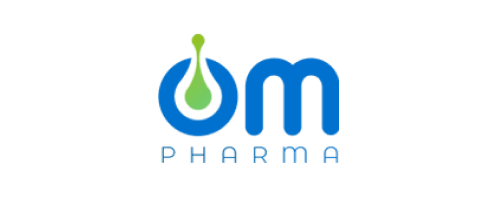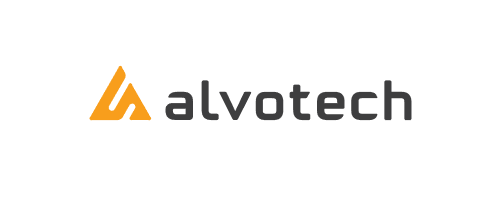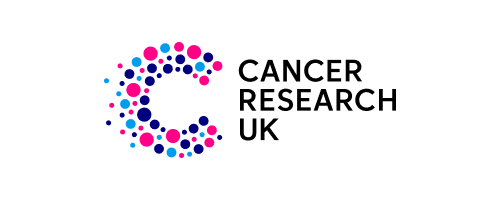OM Pharma has a lean clinical operations team tasked with managing five clinical trials. The company faced challenges in maintaining inspection readiness before implementing Veeva Vault eTMF. With Vault eTMF and a strategic outsourcing model, OM Pharma decreased risk, improved completeness by more than 40% in three months, and increased productivity.
Sponsor-Owned TMF: A Proactive Approach to Inspection Readiness
As a leading biotech in the prevention of recurrent respiratory and urinary tract infections, OM Pharma currently conducts five clinical trials, ranging from Phase I to Phase IV across multiple countries. The company collaborates with two contract research organizations (CROs).
Initially, the company had three clinical operations team members and relied on SharePoint as a document repository, which wasn’t purpose-built for clinical trials and posed significant barriers to inspection readiness. Regulators now expect a standalone eTMF system with full documentation of the trial’s history and without supplemental information, as well as the ability to access that system directly during virtual and hybrid inspections.
“With those clinical trials starting, we needed to adapt our resources accordingly — both human and system resources,” explained Nelson Da Silva, eTMF specialist and clinical trial associate lead at OM Pharma.
Recognizing the need to mitigate risks and ensure inspection readiness, OM Pharma’s solution was to implement Vault eTMF to optimize trial master file (TMF) management.
“Vault eTMF is key for TMF inspection readiness. It’s not only a repository system but also a lifecycle system where we can exchange, review, and approve documents.“ – Nelson Da Silva, eTMF Specialist and Clinical Trial Associate Lead, OM Pharma
Agile, Resource-Saving Flexibility
Along with Vault eTMF, OM Pharma implemented a hybrid governance eTMF model. This means that for some studies the CRO works in OM Pharma’s Vault eTMF. For other studies, OM Pharma and the CRO maintain separate but aligned Vault eTMF systems and the CRO transfers documents at the end of the study. That way, OM Pharma always has a solution to manage sponsor-owned documents — but the team can adapt from one clinical trial to another and ensure flexibility.

“The factors guiding our choice of eTMF model include study characteristics, CRO capabilities, internal resources, and available budgets,” Da Silva said. “For a Phase IV study with a large number of sites and documents, we leveraged a CRO that was well-equipped with their own Vault eTMF and Vault CTMS, which was a great added value. Conversely, for a Phase II study with a lower site and document volume, the CRO did not have an eTMF system, so we had them work in our Vault eTMF.”
He added: “Choosing the right eTMF model is a strategic decision based on multiple variables. It’s not a one-size-fits-all scenario.”
Capitalizing on Advanced Features for Collaboration, Efficiency, and Inspection Readiness
For OM Pharma, inspection readiness isn’t just a regulatory requirement; it’s a strategic priority. They drive ongoing inspection readiness with key features in Vault eTMF that enable real-time collaboration and completeness tracking within the system.
OM Pharma leverages collaborative authoring, which is an integration between Vault eTMF and Microsoft Office Online that enables multiple users to edit a document at the same time in a compliant way within the system. They use collaborative authoring both for internal and external users within their system and in the CRO system.
“This centralized approach eliminates the risk and inefficiency of managing documents through emails or disparate systems,” Da Silva said. “It ensures version control, audit trails, and workflow history, which are critical during audits and inspections.”
With expected document lists (EDLs) in the system, OM Pharma identifies the documents that need to be collected for a given study and empowers users to identify missing documents and take action. “These lists help us define required documents and assess whether they’ve been uploaded in a timely manner. It’s another layer of oversight that keeps our TMF inspection-ready,” Da Silva explained.
Now that OM Pharma has mitigated the immediate risk posed by SharePoint, they are focused on optimizing their use of Vault eTMF to increase productivity.
“We’ve done what’s necessary to be in good shape today, but we are looking forward to additional opportunities for automation and efficiency improvements in Vault eTMF,” Da Silva said.
They plan to implement document auto-classification via the TMF Bot and seamless end-of-study migration via TMF Transfer. Previously, users manually uploaded email correspondence and attachments, which is a cumbersome process that introduces human error and leads to completeness gaps. With Vault eTMF, users will forward those emails directly to the system, where they’ll be automatically uploaded and classified by the TMF Bot.
“Our clinical operations team and clinical team members will benefit immensely from this automation,” Da Silva said. “It will ensure that all pertinent emails are incorporated into Vault eTMF, providing a holistic view of each trial and enhancing our readiness for inspections.”

eTMF KPIs: How OM Pharma Achieved Rapid Remediation
OM Pharma also leverages reports and dashboards to monitor critical KPIs. One report shows quality issues by type, which enables them to surface issues where remediation is required, such as a high number of duplicate documents. They also use completeness dashboards, which help them identify and act when TMF completeness falls below given thresholds.
For one study, their dashboards revealed completeness below 75%, which was defined as a “red” KPI, or a significant risk. They implemented an action plan with due dates, including:
- Retraining key users on document upload and classification
- Training additional CRO users to ease the strain on existing CRO users
- Training users from additional departments, including regulatory and safety, so they could assume ownership of their documents
With this action plan, OM Pharma improved TMF completeness by more than 40% in three months. “This wasn’t just about fixing a problem,” Da Silva said. “It was about future-proofing our document management, and we were able to do that.”
Now that OM Pharma and its CROs use Vault eTMF for the complete document lifecycle — including review and approval — and ongoing oversight, they have increased quality measures and inspection readiness.
“By reviewing and approving documents directly in the system, OM Pharma and its CRO partners have succeeded in establishing a single source of truth for document management,” Da Silva explained. OM Pharma’s use of a hybrid governance model enabled them to strategically ramp their use of the eTMF system and position themselves for future growth.
Learn how Vault eTMF can support your growth and compliance.
More Customer Stories
How They're Improving
eTMF in 6 Weeks
Hear the Benefits




